A quant winter’s tale
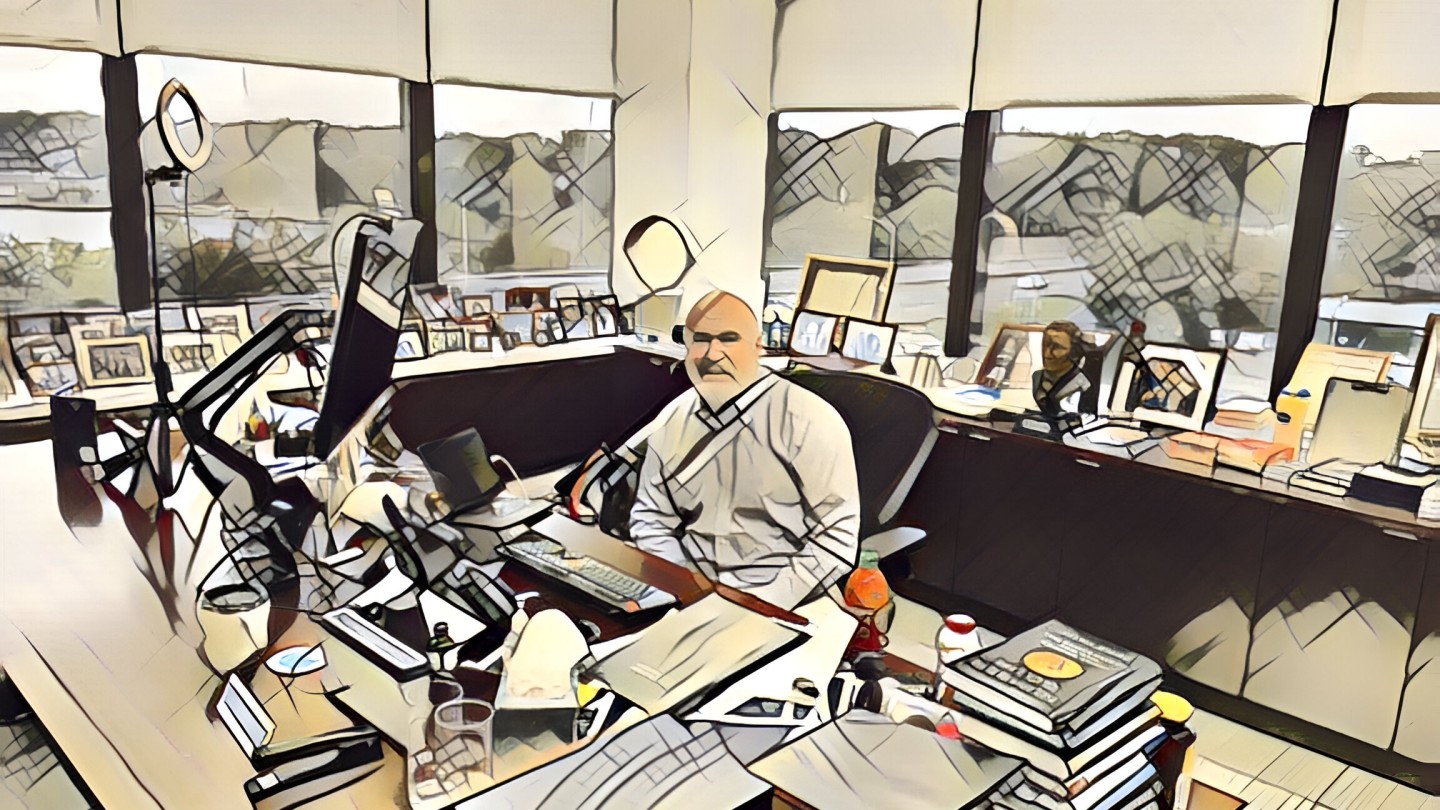
Roula Khalaf, Editor of the FT, selects her favourite stories in this weekly newsletter.
Clifford Asness’s office is an odd mix of finance old-timer and teenage bedroom. Books about Churchill stand alongside DC Comics encyclopaedias, the sea of family photos is dotted with islands of vintage Marvel memorabilia, and next to his computer a jar of Pepcid sits next to a jumbo bottle of sriracha.
The Pepcid has probably been used more lately. The founder of the quantitative investment group AQR has been through tough times before — the company nearly folded in its first few years, and was brutalised in the financial crisis — but even those spells paled next to the agony that he went through in recent years. “I cannot over-emphasise how much it sucked,” Asness said in an interview.
Quant investing comes in many forms. Hedge funds like Two Sigma or DE Shaw are mostly known for “statistical arbitrage” strategies; swiftly eking out profits from often faint and fleeting patterns that their models detect in financial markets. But these signals are often so small and transitory that there is a limit to how much money one can put to work exploiting them. Most pedigreed stat-arb funds are therefore closed to new investors, and Renaissance’s famous Medallion fund now only manages the money of its own employees.
Money managers like AQR seek to exploit less-profitable but longer-term market inefficiencies and behavioural glitches that can be sustainably mined by hundreds of billions of dollars without evaporating — a field of quantitative investing known as “factors”. Five years ago, this was considered one of the ascendant forces of money management, and AQR was briefly the biggest hedge fund group on the planet, managing as much as $226bn. People called it the “Vanguard of alternative investing”.
That now feels like aeons ago. AQR’s strategies first started sputtering in 2018 — entirely coincidentally, around the publication of this badly timed FT article — and 2019 was even worse. But it was when Covid-19 hit markets in 2020 that the wheels nearly came off.
The company’s assets under management have more than halved since its 2018 peak to about $98bn today, and several rounds of lay-offs mean the hallways of its Greenwich, Connecticut office are quieter than they used to be. Asness himself has been chastened.
“I take these things hard. Much harder than I should rationally,” he admits. The downturn was not as violent as it was during the financial crisis, but it was much longer, and that made it worse. “Extended pain levels are hard. You start getting kids at home asking: ‘Daddy, your stuff works right?’” he says.
Luckily for Asness’s kids — two sets of twins — his stuff has started working again. A tentative recovery that began after the first batch of coronavirus vaccines were announced in late 2020 blossomed into a 2021 renaissance. AQR had a record-breaking 2022, and 2023 has now confirmed the comeback.
AQR’s Absolute Return strategy — its oldest investment vehicle, which combines a broad array of its investment approaches — returned 16.8 per cent in 2021, and in 2022 it notched up a net gain of 43.5 per cent, its best performance since its inception in 1998. So far this year it is up 19.4 per cent, beating the likes of Citadel, Millennium and DE Shaw.
Although the phenomenon dubbed the “quant winter” is over, the chill it cast over money managers like AQR still lingers. Investors remain wary, with the improving performance failing to dispel memories of the 2018-2020 drawdowns. That has compelled many quants to revisit how they do things.
“It’s led all of us to be a lot more humble,” says Andrew Ang, head of factor investing at BlackRock. “It has forced the industry — including all the biggest players and us — to really think about how we can implement this in a better, more robust way.”
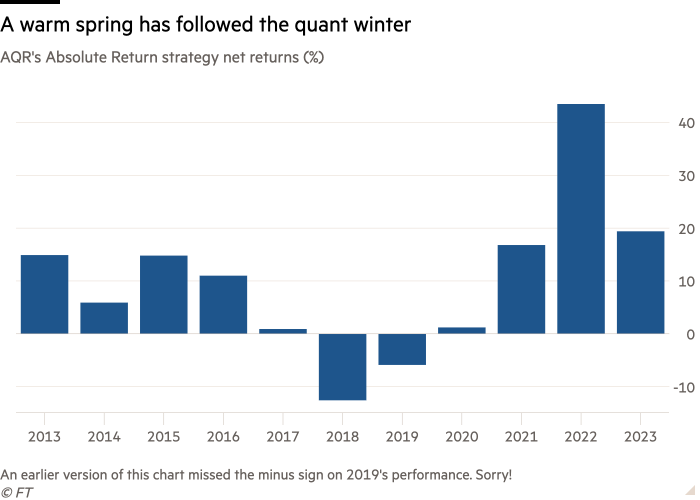
Across the factorverse
Over three centuries ago, the Sephardi merchant Joseph de la Vega wrote the first book on the new phenomenon of financial markets that had blossomed in 17th century Amsterdam, the aptly named Confusion of Confusions.
While observing that it was an “enigmatic business . . . a quintessence of academic learning and a paragon of fraudulence”, de la Vega articulated a few rules on how to be successful in this intriguing new field, such as patience and accepting both profits and losses with equanimity.
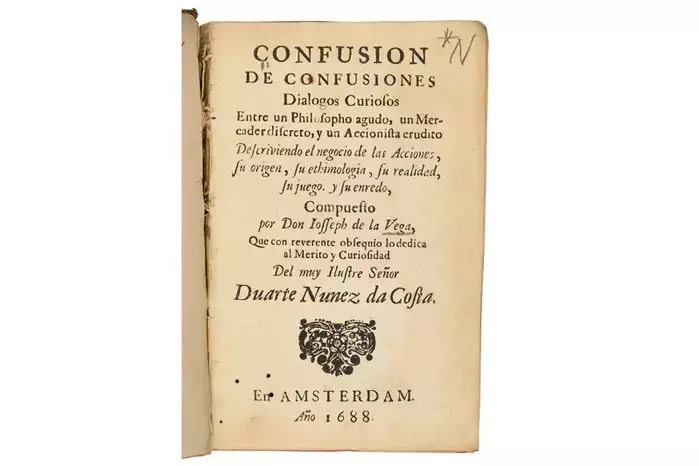
Ever since then, an unending series of dilettantes, theorists and practitioners have conjured up stockpicking systems of varying complexity and gimmickry — all of which promise to unlock the riches contained by financial markets.*
Some have been reasonably serious, like Benjamin Graham’s value investing approach. Others have been semi-serious, such as Charles Dow’s Dow Theory, which spawned modern technical analysis of chart patterns, such as moving averages, candlesticks, Bollinger bands and crosses both golden and deathly. But most have been fantastical — more related to astrology than finance — and made no one rich except the hucksters that sold them to the gullible.
The arrival of the computer on Wall Street in the 1960s changed everything. Suddenly, researchers could marshal more data and serious mathematics to conduct sophisticated research into what actually worked (or at least worked in theory, based on the historical evidence). A handful seized the opportunity — led by Harry Markowitz.
To BlackRock’s Ang, the father of modern quant investing was Markowitz, a pioneering financial economist and Nobel laureate who passed away earlier this year. “It was a game-changer to actually apply quantitative techniques to portfolio management,” says Ang.
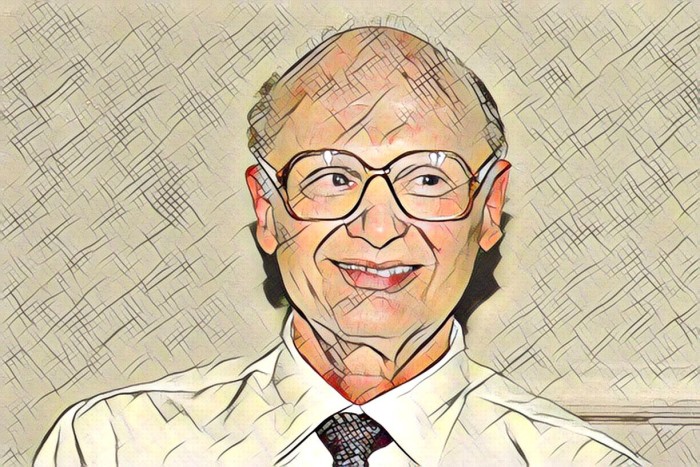
The initial revolutionary conclusion from the first generation of quants was that markets were pretty hard to beat, and it was so expensive trying to do so that it might not be worth it. Work by Markowitz and his protégé William Sharpe indicated that the market itself offered, in aggregate, the optimal balance between risk and return.
The University of Chicago’s Eugene Fama then presented a cohesive hypothesis for why: thousands upon thousands of investors constantly trying to outsmart each other meant that the stock market was “efficient”. Most investors should therefore just sit on their hands and buy the entire market. That helped spawn the first index funds in the early 1970s.
But further research then started to reveal some faultlines in the academic edifice that had been built up in the previous decades. Just maybe the market wasn’t entirely efficient, and perhaps there were indeed ways to beat the stock market in the long run?
In 1977 Sanjoy Basu, a finance professor at McMaster University, published a paper that indicated that companies with low stock prices relative to their earnings consistently did better than Fama’s efficient-markets hypothesis would suggest.
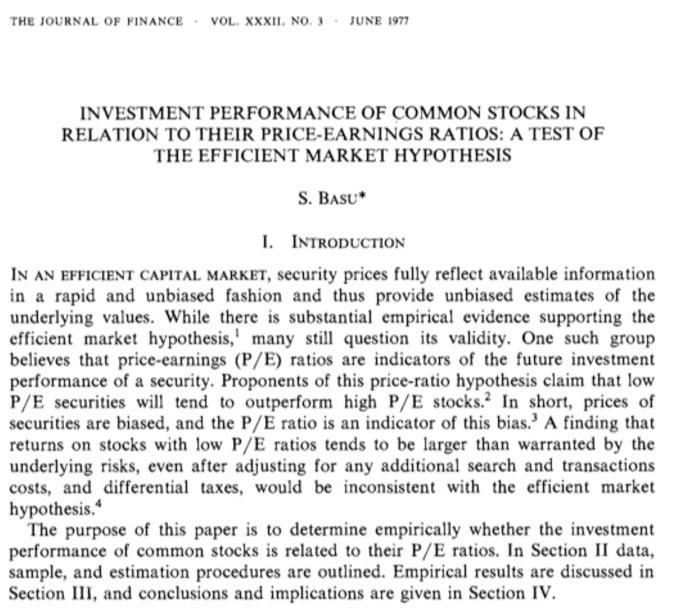
Essentially, he proved that the value investing principles espoused by Ben Graham in the 1930s — buying cheap, out-of-favour stocks trading below their intrinsic worth — yielded great long-term results. By systematically buying all cheap stocks, investors could, in theory, beat the broader market over time.
This realisation was then taken further by physicist-turned-economist Stephen Ross and Barr Rosenberg, a cerebral yoga-loving analyst who emerged as an unlikely rock star in 1970s financial circles.
For simplicity’s sake, Sharpe’s original “capital asset pricing model” stipulated a single “market factor” — identified by the Greek letter beta in the formula — which described how much securities moved compared to the whole stock market. CAPM’s beauty was its elegant minimalism, even though it struggled to depict how markets actually worked.
Ross’s “arbitrage pricing theory” and Rosenberg’s “bionic betas” theorised that the returns of any financial security are actually driven by a multitude of factors, in addition to idiosyncratic ones. In retrospect, it might seem like a ‘well, DOH’ realisation, but classifying stocks by their financial characteristics — in addition to traditional classifications like industry and geography — was a seminal moment in the move towards a more vibrant, more granular understanding of markets.
The eclectic Rosenberg was even put on an arresting cover of Institutional Investor in May 1978, underscoring how big a deal this was at the time:
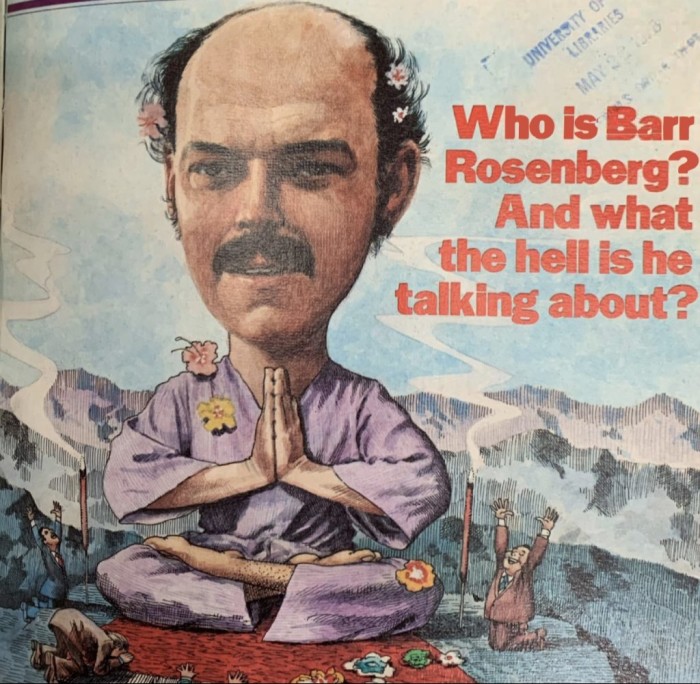
Basu quantifying a value factor was the first step. In 1981, the economist Rolf Banz found a similar outperformance for smaller listed companies. Although these small stocks were much more volatile than the shares of bigger public companies, their returns were much greater in the 1926-75 period that Banz initially studied. Later work showed that the “size” factor also existed internationally.
But the watershed moment came in 1992, when Fama and his frequent collaborator Ken French published a paper with the oblique title “The Cross-Section of Expected Stock Returns”.
It was a banger.
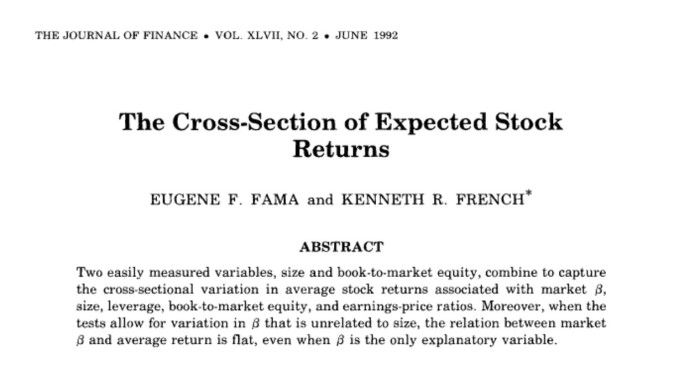
In what would become known as the three-factor model (and later a five-factor model) Fama and French confirmed that both value (the tendency of cheap stocks to outperform expensive ones) and size (the tendency of smaller stocks to outperform bigger ones) were distinct factors from the broader market factor — Sharpe’s beta.
Although Fama and French couched it in terms of being a reward for taking extra risks — which is why factors are sometimes called “risk premia” — the father of EMH accepting that some investment styles could lead to market-beating returns was a big deal.
Since then, academics have identified a panoply of factors, with varying degrees of durability, strength, definitions and acceptance.
Narasimhan Jegadeesh and Sheridan Titman published a paper in 1993 indicating that surfing market momentum — buying stocks that were already bouncing and selling those that were sliding — could produce market-beating returns. In 1996 Richard Sloan showed that companies with high-quality earnings outperformed, and in 2006 Ang, Robert Hodrick, Yuhang Xing and Xiaoyan Zhang demonstrated how less volatile stocks as a group actually outperform choppier ones, undercutting the academic dogma that risk (for which volatility is a proxy) must be related to returns.
Over the years, literally hundreds of supposed factors have now been “discovered”, a phenomenon that has been dubbed the “factor zoo”. Most serious quants scoff at the vast majority of them. But here you can see what five of the most mainstream factors look like in practice:
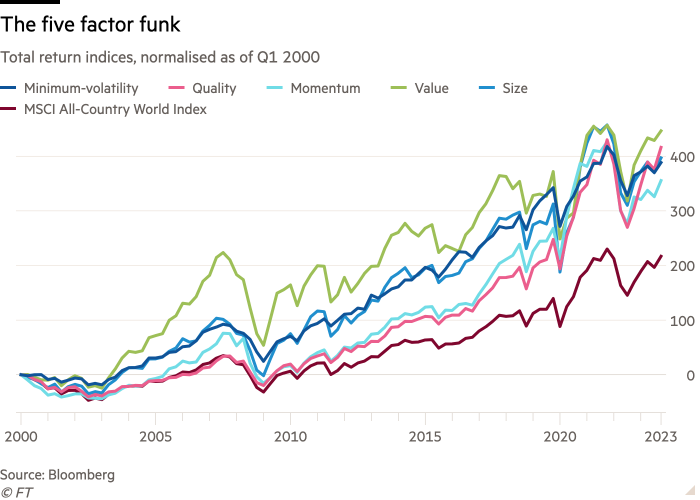
The reasons for these apparent anomalies divide academics.
Efficient-markets zealots stipulate that they are the compensation investors receive for taking some kind of risk — whether they know it or not. Value stocks, for example, are often found in beaten-up, unpopular and shunned sectors, such as dull industrial companies in the middle of tech bubbles. While they can underperform for long stretches, eventually their underlying worth shines through, and they reward investors that kept the faith. Small stocks do well largely because small companies are more likely to fail than bigger companies.
Behavioural economists, on the other hand, argue that factors tend to be the product of our irrational human biases.
For example, just like how we buy pricey lottery tickets for the infinitesimal chance of big wins, investors tend to overpay for fast-growing, glamorous stocks and unfairly shun duller, steadier ones. Smaller stocks supposedly do well because we are illogically drawn to names we know. The momentum factor, on the other hand, works in theory because investors initially underreact to news but overreact in the long run, or often sell winners too quickly and hang on to bad bets for far longer than is advisable.
AQR’s Asness studied under Fama at the University of Chicago, which remains the Vatican of efficient markets. Despite this, he’s mostly in the behavioural camp. Asness’s Fama-overseen PhD thesis was on the momentum factor — which is hard to reconcile with the theory that the extra returns are a form of risk compensation — and admits that three decades of exposure to financial foibles has eroded his belief in the efficiency of markets:
I probably think markets are more efficient than the average person does — long-term efficient — but I think they are probably less efficient than I thought 25 years ago. And they’ve probably gotten less efficient over my career.
The world assumes that because of things like the internet that the ubiquity and immediacy of all information has to make things more efficient. But that’s never been the hard part.
The same people who think the ubiquity and immediacy of information must mean that prices are more accurate are the same people who 20 years ago thought that social media would make us like each other more.
Whatever the reason, the existence of some persistent investment factors is today accepted by most (if not all) financial economists and investors. The approach might not be perfect — like all attempts to impose a scientific framework on human weirdness — but it is a useful prism through which to look at markets.
In an ingenious bit of marketing, factors are sometimes called “smart beta”. People like Asness and Sharpe himself hate the term, as it implies that other forms of beta are dumb. However, smart beta has become the most common way to refer to simple factors when they are bundled up individually and sold through ETFs. That alone is now a $838bn industry, according to BlackRock.
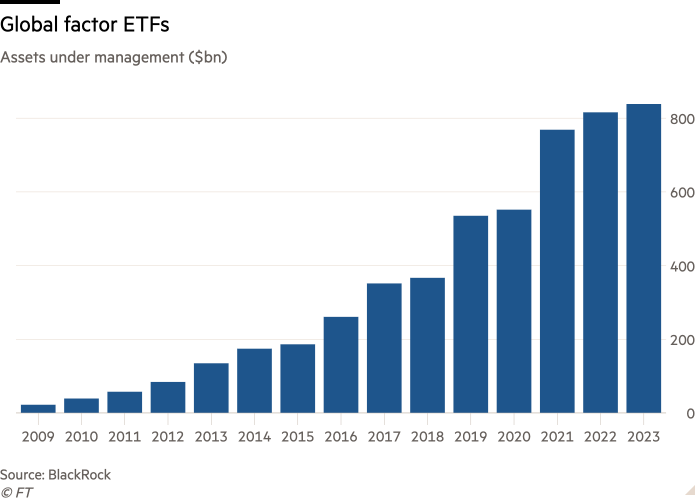
In contrast, investment managers like AQR, Dimensional Fund Advisors, PanAgora, Robeco and Acadian Asset Management constantly try to constantly refine them, often combine many factors, and can go both long and short (depending on the fund).
“Most of these are just semantic labels. They’re actually not that different,” says Asness. “I think most quants are picking among a set of factors that we broadly agree on, and then we’ll fight like cats about the best way to implement it.”
Of course, factors do not always work. Some go through fallow stretches where they underperform the market, or suffer sudden crashes. And they can work at different times. Momentum and value, for example, are the yin and yang of factors. When one does well the other one almost always underperforms.
And at rare times, almost everything can — to use Asness’s favourite technical word — “suck”.
Analysing the suckiness
Asness talks in loopy, dense sentences with long asides and virtual footnotes, leavened with anecdotes and some genuine, self-deprecating wit. At times he comes off as an avuncular finance professor popular with the students for being approachable, able to talk fluent geek and play Doom Eternal on Ultra-Nightmare mode. But he infamously has a short fuse and little-to-zero filter.
During the financial crisis he earned a reputation for smashing computers that showed him displeasing numbers. (He admits to only punching three, claiming “on each occasion the computer screen deserved it”.)
Even on social media, where most billionaires stick to bromides, Asness has a tendency to leap into the online trenches to hurl vitriolic abuse at random accounts, in between discussing Marvel films, Dungeons & Dragons and quant investing.
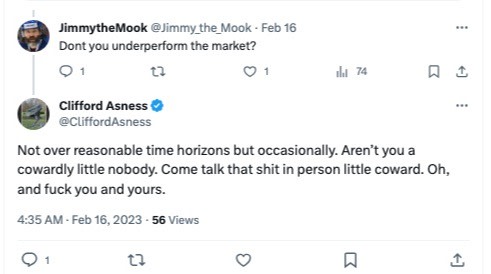
However, there are hints that “Angry Asness” has been tamed at least a little, even if he has not been entirely banished (as the tweet above shows).
For example, this time AQR’s equipment came through the doldrums unscathed. “Punching inanimate objects is probably not the long, slower erosion type of pain, but more of a fiery kind of pain,” says Asness. “I didn’t hit things during the tech bubble either.”
The temper can still flare up on social media — Asness went on an online rampage when the London Metal Exchange cancelled nearly $4bn of trades last year, accusing it of “stealing” profits from firms including AQR — but vitriolic fights have become rarer, he insists:
If you think you’re good at three things — any level of insight, speed and wit — then Twitter is the devil. When you think of something funny that you think also explains something well, the temptation to put it out there is quite large. But I have gotten a fair amount better in the last few years. I don’t respond to trolls any more, I just block quickly and savagely.
David Kabiller, one of AQR’s co-founders, attributes Asness’s slight mellowing to the calming influence of John Liew, the third member of the company’s leadership triumvirate.
He says the “unflappable” Liew is the Spock to Asness’s Kirk, and their relationship is “a 30-year dance I’ve gotten to watch”. Even Asness admits that “a small part of [Liew’s] job description is to be my shrink”.

That doesn’t mean that the 2018—20 quant winter was less painful than past downturns though. Five years ago, about 1,000 people worked at AQR; today the number is about 600. Making those cuts was “a living hell”, Asness says. “You care about these people, unless you’re a weird sociopath.”
So what went so horribly wrong for many factor-focused quant funds like AQR from 2018?
Answers vary, but a few common theories have emerged. Some think that investment strategies based even on copious amounts of historical data cannot work for perpetuity — market regimes come and go, and as anomalies become well-known, they often disappear.
In October 2020, Inigo Fraser-Jenkins, head of quant strategies at Bernstein, wrote a report titled “Why I am no longer a quant” that explored this issue:
Quant funds have been undergoing something of an existential crisis . . . At their core, quant funds try to apply backtests to future investment decisions. But what does it mean to do quant research and run backtests if the rules have changed? There is a challenge to quant beyond a recent patch of poor returns.
If Covid doesn’t count as a regime change I don’t know what does. The nature of the policy response is a clear break from the past and directionally points to the possibility of higher inflation but without a commensurate increase in real rates. This is unlike recent decades, with profound implications for factors and asset allocation.
Others have argued that some factors might actually never have been viable. They were simply the product of overzealous data mining by academics desperate to find cool things to publish and gain tenure, and an asset management industry always looking for something it can package up and sell for chunky fees. In other words, the “factor zoo” is filled with lots of fake, stuffed animals rather than the real tigers and baboons.
Since Asness believes that the profitability of quant strategies is mostly rooted in human behaviour — which doesn’t change much — he is roundly dismissive of these arguments. Vitriolically so when it comes to accusations of data mining (a mortal sin in quantland). AQR has even published an extensive paper in the Journal of Finance that savages the idea that most popular investment factors cannot be replicated.
Most of all, the powerful performance rebound since late 2020 — for almost all factor quant strategies, not just AQR’s — obviously makes it hard to conclude that multi-factor quant strategies are permanently impaired, or that it is just a statistical mirage that has somehow flickered back.
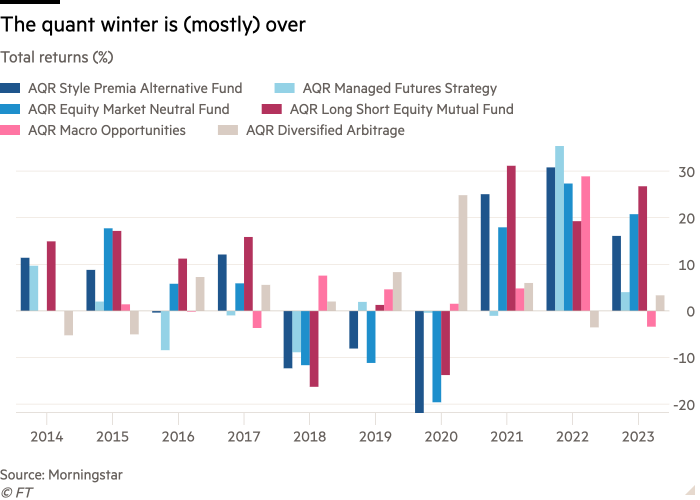
Nonetheless, Asness has been forced to spend plenty of time over the past few years ruminating on the causes of the quant winter, a self-flagellation that has played itself out in a mass of papers, interviews and blog posts.
His broad conclusion is that value did awfully, terribly, horrifically, Man Utd losing 7-0 to Liverpool badly. Not just the value factor itself — which by some measures suffered the worst drawdown in at least two centuries — but simply being valuation-sensitive across other factors as well.
That meant that other investment styles either failed to counteract the value bust, or helped add to the overall awfulness. “It’s admittedly a cop-out, but the best we’ve got is that value holistically lost,” says Asness.
It’s tough in a bubble to have a process that you think is rational. It’s not going to enjoy the irrational . . . One day I’m going to come up with a good, long-term rational process that also enjoys bubbles. It’s a Holy Grail . . . But irrational things tend not to make money in the long term.
However, it’s telling that investors continue to pull money out of AQR despite the turnaround in investment performance. Assets under management have climbed for the first time since 2017 this year, but mostly thanks to better performance.
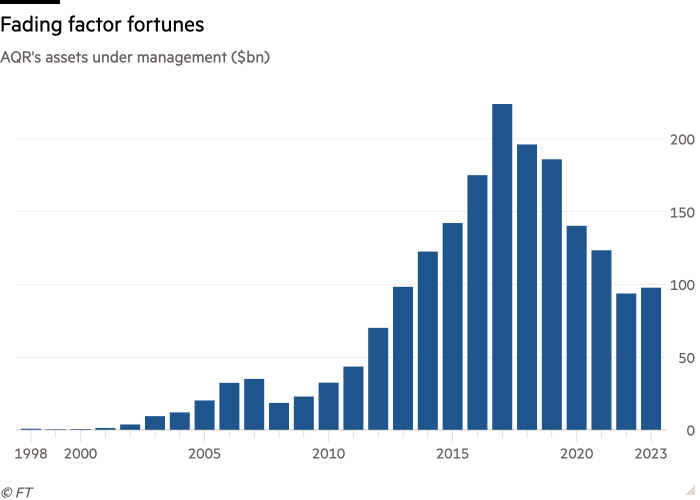
Of the company’s three remaining “founding principals” (Robert Krail retired on health grounds over a decade ago) Kabiller leads on business development, and has seen clients head to the exit for almost five straight years. That has fed both anguish and a little bit of resentment, he admits.
“We get paid a lot, and the disappointment in not delivering to clients is real, genuine and profound,” Kabiller says. “The second emotion is annoyance when reality is turned upside down and you see people over there make billions of dollars . . . simply being long risk premiums.”
However, Asness argues that periods of poor performance are the price one must pay for factors to still work, citing approvingly the “no pain, no premium” adage of Newfound Research’s Corey Hoffstein. As Asness puts it:
If it wasn’t occasionally excruciating it would probably get arbitraged away. Any strategy that’s rational, done in a diversified way and that has historically done well and never causes you any pain probably has a lot of people rush in and make it go away.
That doesn’t mean that factor quants aren’t trying to evolve, however. There is palpable excitement across the industry about using artificial intelligence on novel data sets that are resistant to traditional quant approaches. The hope is that this will both improve returns and make the next inevitable fallow period be a little less existential.
Even Asness — previously a grouchy sceptic of the hype surrounding alternative data and AI — admits to now being a convert. “I’m a natural curmudgeon. But I think I’ve moved a little on it,” he says. “Machine learning is creeping into tons of things we do.”
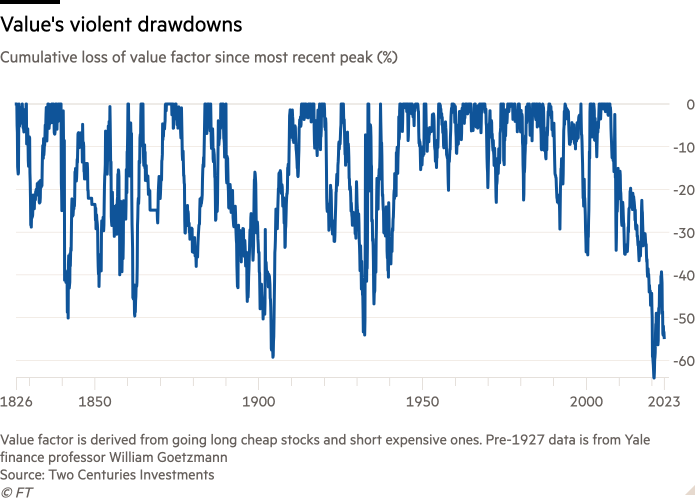
The next factor frontier
If you throw a rock anywhere in AQR’s surprisingly dowdy headquarters in Greenwich, chances are high you’ll hit a University of Chicago graduate, and at least decent that they’ll have a PhD or MBA from the high cathedral of financial economics.
Three of the four founders all went there, as did six of the company’s “principals” and many more further down the ranks. Asness talks of his mentor Fama as others do of divinities (he once even seemingly conjured up a rare Californian rainstorm to shower Asness when his former student dared to talk about bubbles at an outdoor event). One of the latest Chicago grads to make a mark at AQR is Bryan Kelly, its head of machine learning.
A few years ago, machine learning was the most-hyped field of artificial intelligence, and it remains the workhorse approach of finance despite the buzzy ascendance of generative AI. AQR started dabbling half a decade ago to see if it could improve its own results, and now Kelly feels the benefits are finally beginning to become clear “across the board”.
“The use of AI in asset management has been a lot more gradual and smooth than people think. But as time goes on, methods evolve, computing power increases and the results start to become more apparent,” Kelly says.
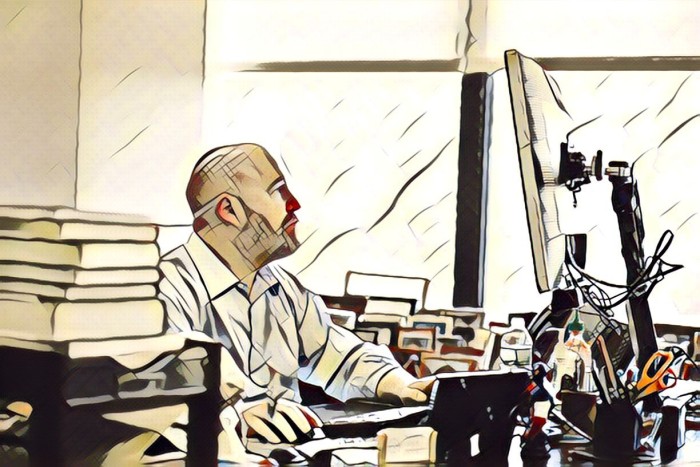
Factor quants like AQR aren’t using machine learning in the same way as high-frequency traders or statistical-arbitrage funds like Renaissance. The raw material consumed by all AI approaches is data — lots of data — and the reality is that markets for the most part are data-poor, and frustratingly fickle.
Scientists can run novel experiments to generate broader results, but markets just have one real data set — what has actually happened. On a granular, order-book level sometimes even measured in nanoseconds there is plenty of information, which helps fuel HFT, but the kind of longer-term bets that factor quants place don’t enjoy this luxury, Kelly points out.
It’s important to set expectations for what you can achieve with machine learning. If you have lots of data points, you can make better predictions. But the only way we can get more real data is actually to just let time pass.
Moreover, markets aren’t static; they constantly change in response to what other participants do — often deliberately to stymie other people trying to analyse them. That is not something AI researchers in most other fields have to contend with. “Cats and dogs aren’t adapting their behaviour to you taking pictures of them,” says Asness.
Nonetheless, factor quants have found an increasing number of fruitful areas to deploy AI. Executing trades more efficiently is one obvious area — even saving a few basis points a year can add up over time — but the area that they are most excited about is parsing textual information for signals in the same way that they have mined numeric data for decades.
For example, Ang’s team at BlackRock have been incorporating hints on the strength of a company’s culture that can be gleaned from conference calls with analysts, online reviews and other textual information into its measure of the quality factor.


AQR’s machine-learning efforts are mainly focused on unearthing entirely new trading signals and enhancing existing ones. This isn’t always a quick process. Dan Villalon, global co-head of the portfolio solutions group at AQR, likens the birth, testing and implementation of new signals to the start of a sea turtle’s life. “It’s a slow, tortuous walk to the water, and not everyone survives along the way.”
However, AQR executives say they have become a lot quicker to incorporate their newest research, and in April 2020 they launched a new fund called “Apex” to house many of the new signals and factors it had unearthed.
Investor interest is muted so far, with assets of $530mn across several flavours of the fund despite solid performance — annualised net returns since its birth are 18.7 per cent. That reflects AQR’s broader franchise, with assets only edging up towards the $100bn mark again this year thanks to solid performance.
But Asness remains convinced that AQR’s comeback still has plenty of legs, given just how gruesome and long the downturn was. He’s optimistic that investors will return and now see it is worth hanging on through bad patches, and doubts AQR will ever suffer anything like the quant winter again.
And if it does, well, chances are that he won’t be around anymore anyway, he says.
The notion that we’re going to see anything nearly as crazy as this in the near future is never a zero probability, but I think it’s quite low. And hopefully we can do an even better job in telling investors what they’re in for. And then I hope that it’s someone else’s problem in 20 years.
*Some astute, discerning and good-looking readers may recognise that I adapted some of this section from my book.
Comments